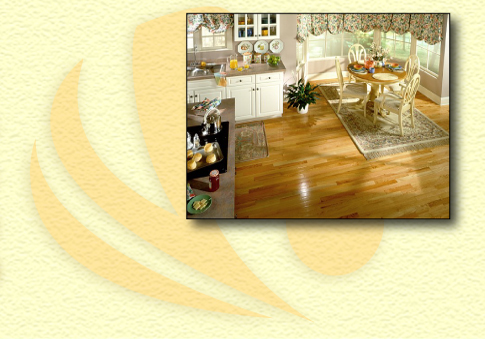

CARPET
Spot Removal
For complete stain removal guide please visit Stain master guide
Vacuum Regularly
Vacuuming removes dirt that dulls appearance.
Select a vacuum with good suction and strong beater bars, which brush the carpet and loosen dirt.
Change vacuum bags and filters regularly.
Preventative Maintenance
The use of mats or runners at all home entrances and on uncarpeted areas adjacent to carpet will reduce soil and moisture in traffic areas.
Clean mats and any other rugs placed over carpet regularly.
The use of furniture coasters to distribute the weight of heavy items is also recommended, especially for furniture with wheels. Take care when moving furniture with wheels by putting a protective barrier between the wheels and the carpet.
To extend the beauty of your carpeting, close drapes or blinds during hours of direct sunlight.
Exercise extreme caution with all bleaches, tile cleaners, mildew removers, oven cleaners, drain openers and plant food. They are strong chemicals that can permanently discolor or dissolve carpet fibers.
Cleaning Recommendations
Get your carpets professionally cleaned at least every 12 months, even if you clean them yourself in between.
Lighter shade carpet may require cleaning more often.
Professional cleaning methods include steam cleaning (known as hot water extraction), absorbent pad or bonnet cleaning, rotary shampoo, and dry foam powder.
HARDWOOD
For complete hardwood maintenance guide please visit HARTCO.
LAMINATE
For complete laminate maintenace guide please visit Wilsonart.
VINYL
For complete vinyl maintenace guide please visit Mannington.
CERAMIC
Quarry tile and other ceramic tile floors are easy to care for and normally require little maintenance.
A tile floor may be washed with warm water to remove minor soiling or with warm water containing detergent when soiling is heavy. Mildly abrasive scouring powder can be used on unglazed tiles but not on glazed ones.
A cleaning solution should not be left on the floor any longer than is necessary; and after cleaning, the floor should be rinsed thoroughly and the water mopped up to leave the floor as dry as possible.
Heavy stains are usually not difficult to remove. Those made by ink, blood, coffee, mustard and food juice may be taken off by the use of household bleach; the surface is washed for 5 to 10 min then rinsed with water.
Grease and fat usually can be removed by washing with a solution of 10 per cent sodium carbonate in water or 5 per cent caustic soda, allowing the solution to be in contact with the surface for about an hour, then rinsing thoroughly.
Wax, tar and asphalt can be loosened and scraped off by applying kerosene, naptha or carbon tetrachloride.
Iron stains such as rust stains and tool marks may be removed by washing with a 5 per cent solution of hydrochloric acid in water; the same remedy is used for the removal of hardwater deposits and efflorescence of calcium or magnesium carbonate.
This solution or other acid should not be used on glazed tile, and when used on other tiles must be rinsed thoroughly.
The application of linseed oil or a polish to ceramic tile floors is not recommended. Such treatments not only make the surface slippery and dangerous to walk on but also make the tiles more difficult to clean.
.

 |
|
|
|||||||||||||
|
MAINTENANCE
 |
 |
 |
 |
|
|||||||||||
 |
 |
|
|||||||||||||
| |
|
||||||||||||||
 |
|
||||||||||||||
 |
|
||||||||||||||
|
|
|||||||||||||||
 |
|
||||||||||||||
|
|
|
||||||||||||||
|
|
|||||||||||||||
|
|
|||||||||||||||
|
|
|
||||||||||||||
|
|
|
||||||||||||||
|
|
|
|
|
|
|
|
|
|
|
|
|
|
|
|
|
